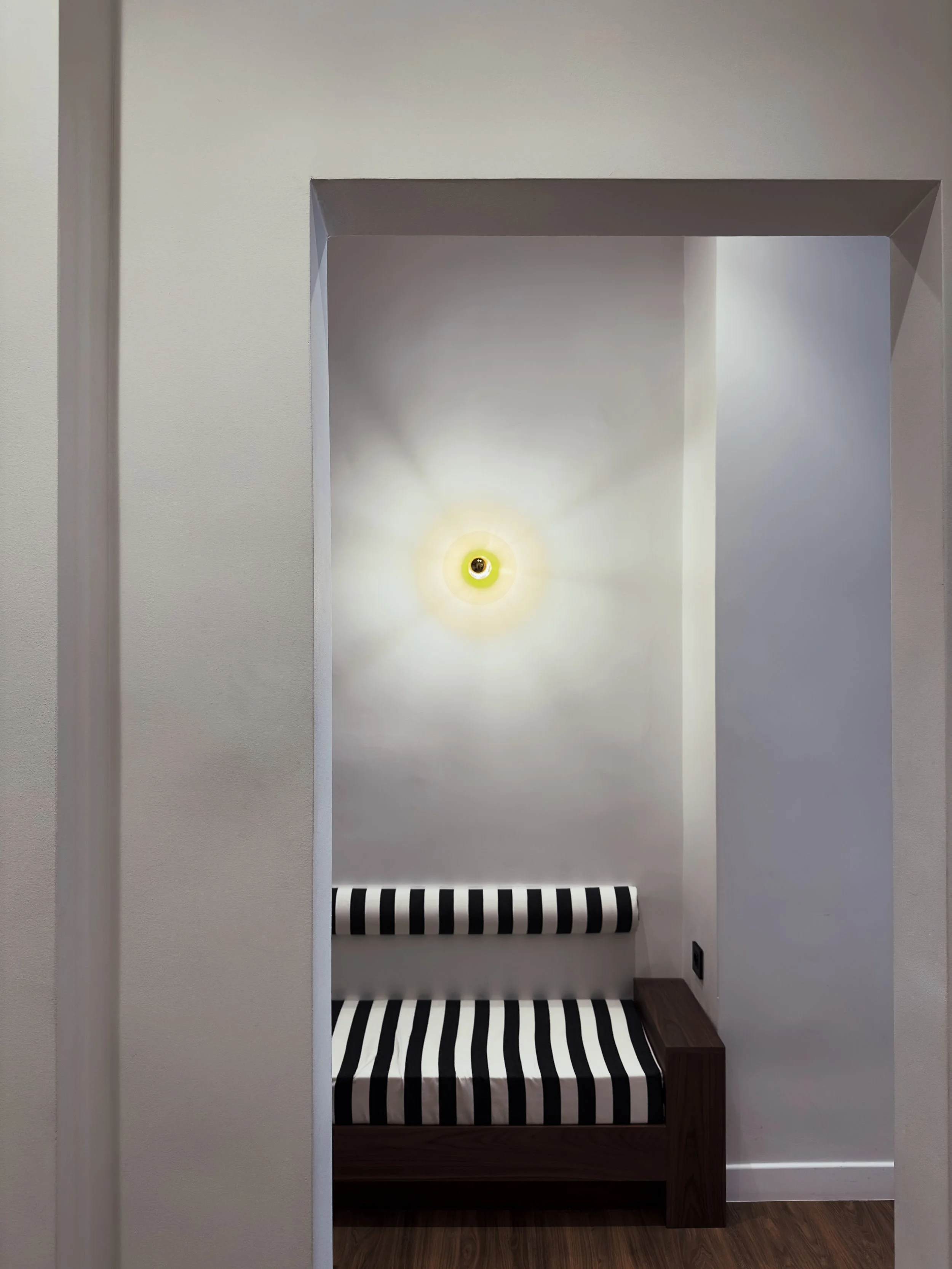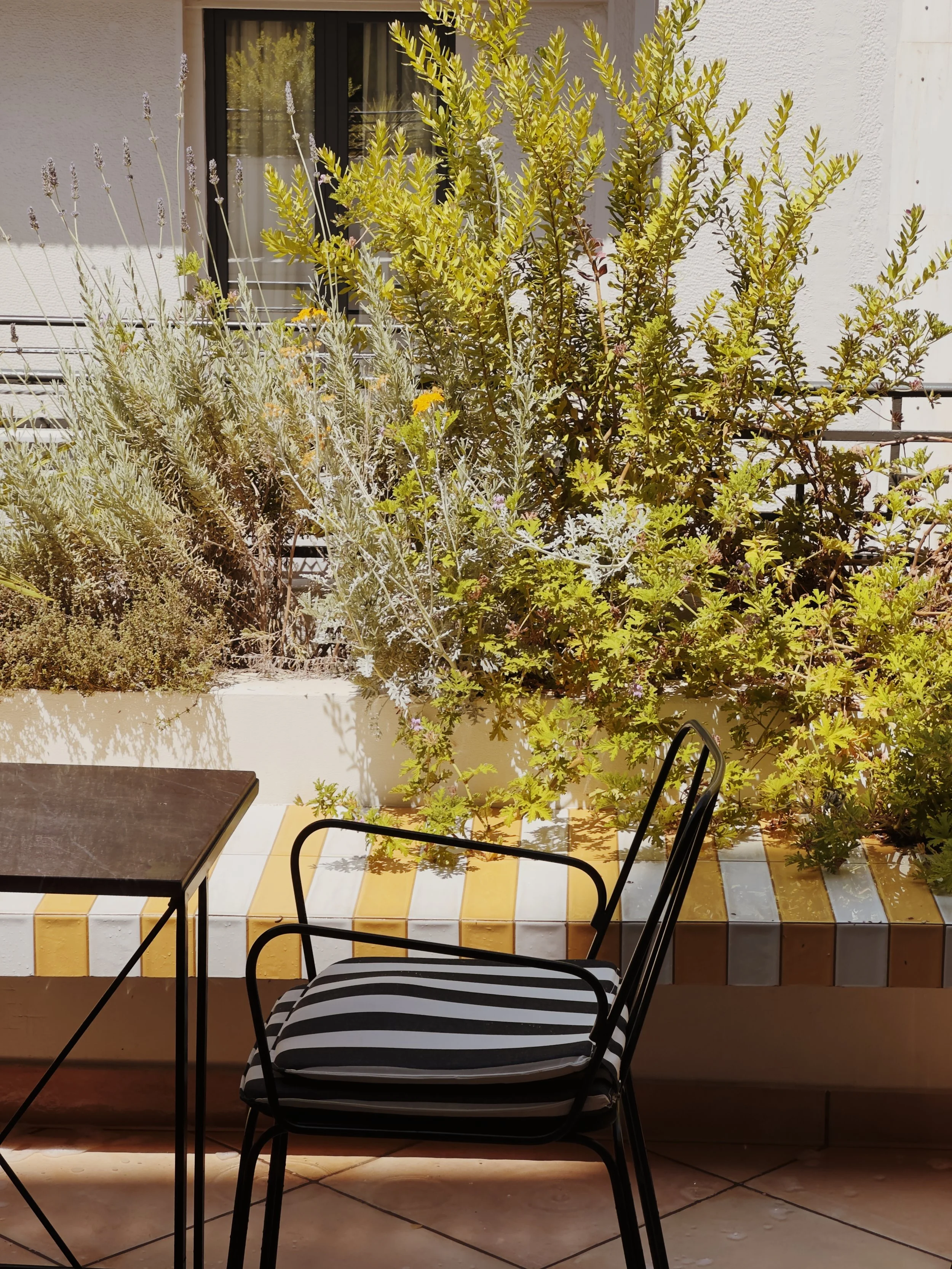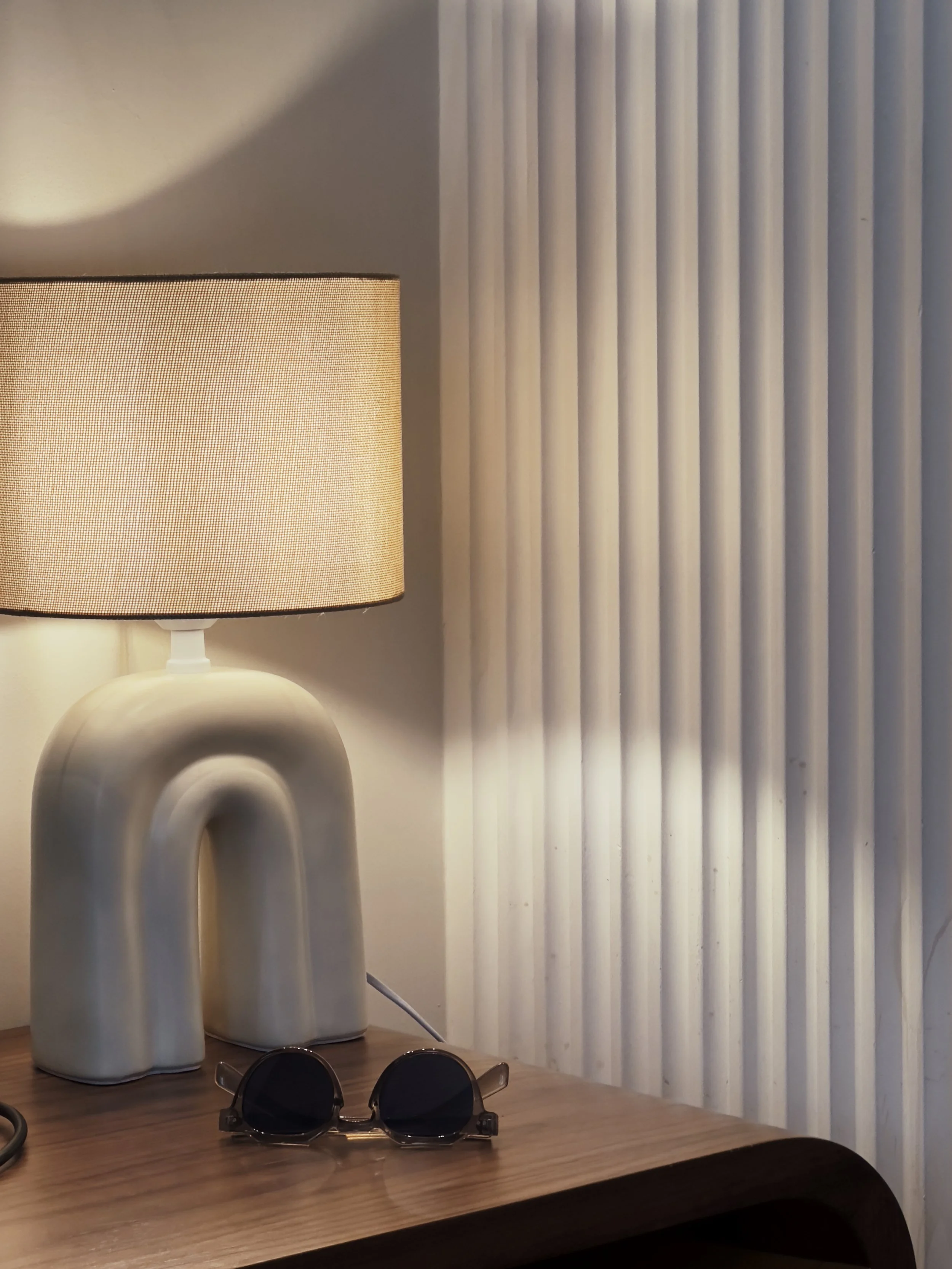Interior as Identity: The Spatial Truth of Brand
When people talk about brand identity, they often mean logos, messaging, or tone. But the moment someone enters a physical space, a hotel, a restaurant, a store, they’re inhabiting the story that brand wants to tell.
At that point, theory meets lived reality. And more often than not, there’s something I call the Experience Gap the distance between what a brand says and what it actually feels like.
1. From Narrative to Space
Design theorists sometimes describe this as narrative architecture - the translation of values and intent into form and material. It’s about creating stories you can walk into. For hotels and retail, layout, light, texture, and circulation aren’t decorative; they are the content.
When interiors can’t express a brand’s core values in touch and tone, the brand becomes hollow. You can feel when a space is conceptually strong but emotionally disconnected: when everything is “on-brand” but nothing feels alive.
2. The Multisensory Imperative
Most people assume design is about what they see. But perception is multi-sensory. Temperature, acoustics, weight, and orientation shape our state of mind before we’ve even formed an opinion. A cool draft in a lobby or a flicker of light in a corridor might seem minor, but the body registers it instantly.
In hospitality, this is amplified. Guests arrive tired, alert, hungry, curious and their nervous systems are reading every cue for coherence or comfort. A warm light, a soft edge, a quiet corner: they’re signals of safety. When a space performs at you instead of supporting you, the body knows. No visual identity can compensate for a room that feels wrong.
3. Identity Is Tested in Space
This is where brand identity is proven, not merely in presentations or guidelines, but in use. Does the interior deepen the brand experience or distract from it? Is the layout intuitive? Do materials age well? Does light shift throughout the day with intention?
These are structural questions of style. They reveal whether a brand has been lived into or simply designed around. People may forget the furniture, the fabric, or the paint, but they remember the atmosphere. That memory, the felt sense of coherence - is the brand.
Why This Matters
If your work touches hospitality, lifestyle, or experiential design, interior identity can’t be an afterthought. It’s the foundation that either holds the brand or exposes its gaps.
When a space is aligned, guests don’t need to be persuaded. They feel it. They return not out of loyalty programs or marketing, but because the experience made sense to them, physiologically, emotionally, intuitively.
Photos shot at Astikon House, Athens.
words + photography by Jean Linda Balke






